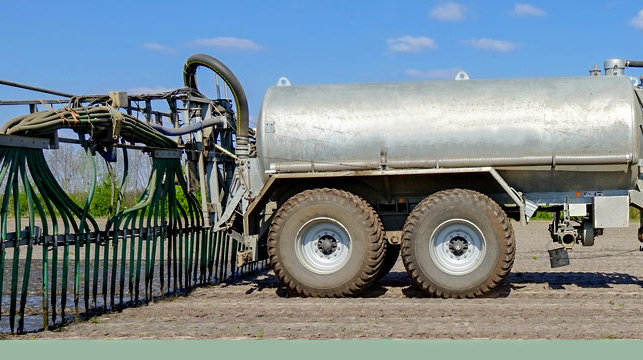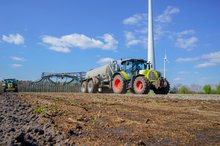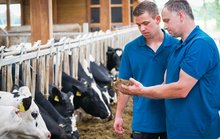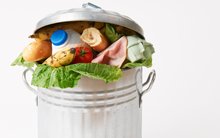
Fields of action
Methane and ammonia are produced during the storage of fermentation residues from biogas plants as well as solid manure and liquid manure from pig, cattle and poultry farming. In addition, ruminants emit methane, which is produced during digestion. Urea-based mineral fertilizer is another source of ammonia. Therefore, almost all areas of agricultural production, but above all milk and meat production, offer numerous starting points for an effective reduction of methane and ammonia emissions.
Measures to avoid ammonia emissions
Farmers, authorities and researchers have identified numerous technical and organisational ways to prevent nitrogen loss by ammonia emissions. Like this, the nutrient can be kept in the cylce and is fully used for crop growth.
Civil society participation in legislative processes
The participation of NGOs in the legislative process by providing information and creating public pressure is important to promote compliance with directives and the implementation of effective measures. Ambitious reductions in emissions are necessary to protect human health, ecosystems and the climate.
Teaching Clean Air Farming
The next generation of farmers must be well informed about the impact of their actions and develop skills to implement the right practical tools to avoid emissions on their farm.
Food waste is avoidable
As less food is thrown away along the supply chain and consumers adapt purchases to their needs, overall demand for food decreases. This influences production. Lower meat and milk production leads to a reduction in emissions.
Involving agricultural associations and the food sector
Agricultural associations and the food industry can actively promote awareness of ammonia and methane. This project aims to encourage these actors to commit themselves to the reduction of emissions, e.g. by adapting quality labels and food standards.







